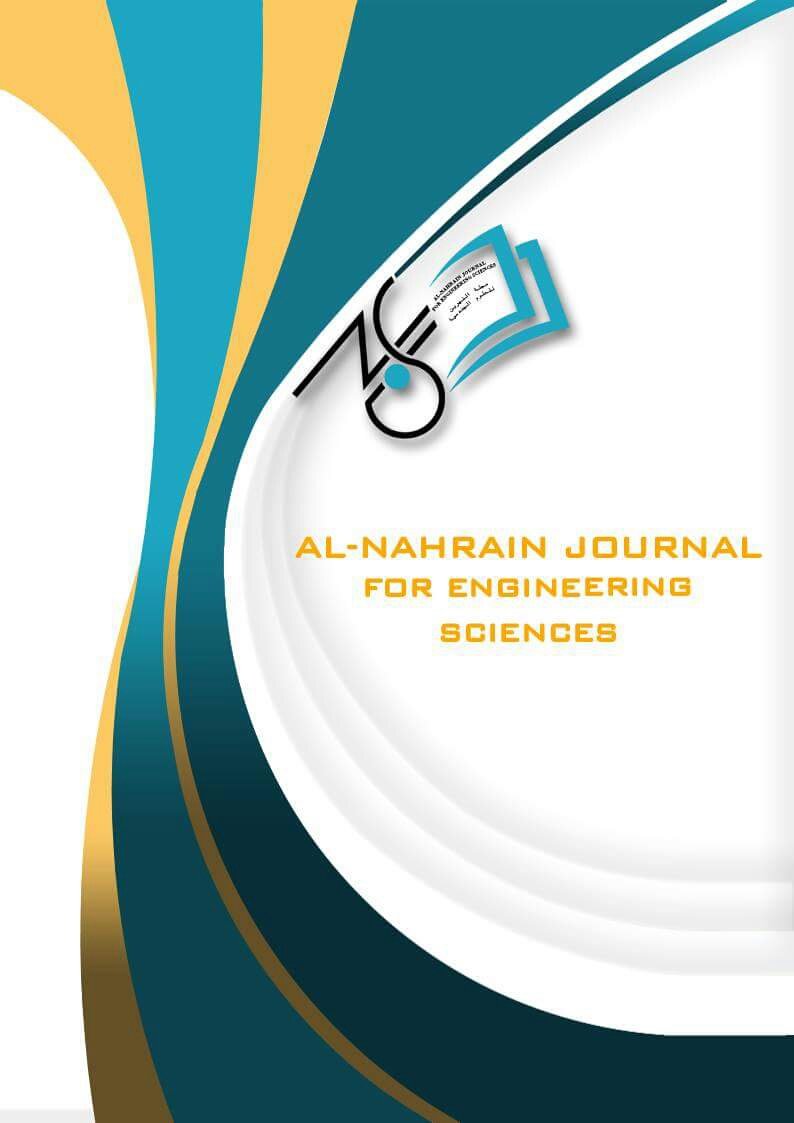Abstract
Improvements in the thermo-physical properties of Phase Change Materials (PCM) caused by nanoparticle dissipation are critical for a wide range of technologies. The current study describes numerically the investigation of the charging and discharging process of paraffin wax dispersed with different concentrations (1%, 3%, 5%, 7%, and 10% ) of Alumina nanoparticles (Al2O3), in a Single Thermal Energy Storage (STES) system. For this study, a time-dependent, two-dimensional simulation of the solidification and melting process was performed numerically for different velocities. The study is realized using the CFD ANSYS FLUENT software package (Version 18) that employs the phase-change phenomenon using the enthalpy technique. The results show that adding alumina nanoparticles to paraffin wax reduces the melting and solidification process, and raising nanoparticle concentration accelerated the melting and solidification process even more when compared to pure paraffin wax. The greatest improvement was obtained with the maximum concentration of nanoparticles with total time saving between (12% - 11.76% ) in the charging process and between ( 15.71% - 19.60% ) in the discharging process depending on velocity. Furthermore, other important findings were that the presence of nanoparticles makes a little effect in the early stages of the solidification and melting processes, but as time passes, the rate of solidification and melting rises. Comparison with previous works gave good agreement of about 34%.
Keywords
Charging and Discharging Processes
nanoparticles
Paraffin Wax with Al2O3
Thermal energy storage
Abstract
تعتبر التحسينات في الخصائص الحرارية الفيزيائية لمواد تغيير الطور (PCM) الناتجة عن تبديد الجسيمات النانوية ضرورية لمجموعة واسعة من التقنيات. تصف الدراسة الحالية عدديًا التحقيق في عملية الشحن والتفريغ لشمع البارافين المشتت بتركيزات مختلفة (1٪ ، 3٪ ، 5٪ ، 7٪ ، و 10٪) من جزيئات الألومينا النانوية (Al2O3) ،في نظام تخزين مفرد متكون من نوع واحد فقط من مادة متغيرة الطور(STES). في هذه الدراسة ، تم إجراء محاكاة ثنائية الأبعاد تعتمد على الوقت لعملية التصلب والذوبان عدديًا لسرعات مختلفة. تم تنفيذ الدراسة باستخدام حزمة برامج CFD ANSYS FLUENT (الإصدار 18) التي تستخدم ظاهرة تغيير الطور باستخدام تقنية المحتوى الحراري. أظهرت النتائج أن إضافة جزيئات الألومينا النانوية إلى شمع البارافين يقلل من عملية الذوبان والتصلب ، كما أن زيادة تركيز الجسيمات النانوية يسرع عملية الذوبان والتصلب بشكل أكبر مقارنة بشمع البرافين النقي. تم الحصول على أكبر تحسن مع أقصى تركيز للجسيمات النانوية مع توفير إجمالي للوقت بين (12٪ - 11.76٪) في عملية الشحن وبين (15.71٪ - 19.60٪) في عملية التفريغ حسب السرعة. علاوة على ذلك ، كانت النتائج المهمة الأخرى هي أن وجود الجسيمات النانوية له تأثير ضئيل في المراحل الأولى من عمليات التصلب والذوبان ، ولكن مع مرور الوقت ، يرتفع معدل التصلب والذوبان. أعطت المقارنة مع الأعمال السابقة اتفاق جيد و بنسبة 34%.
